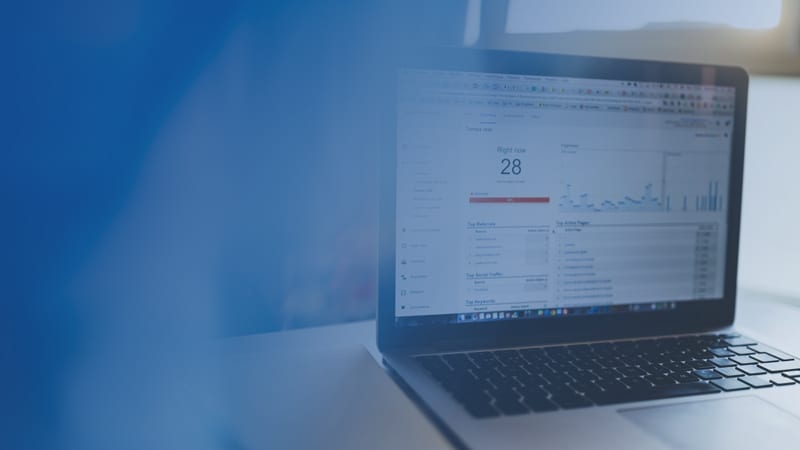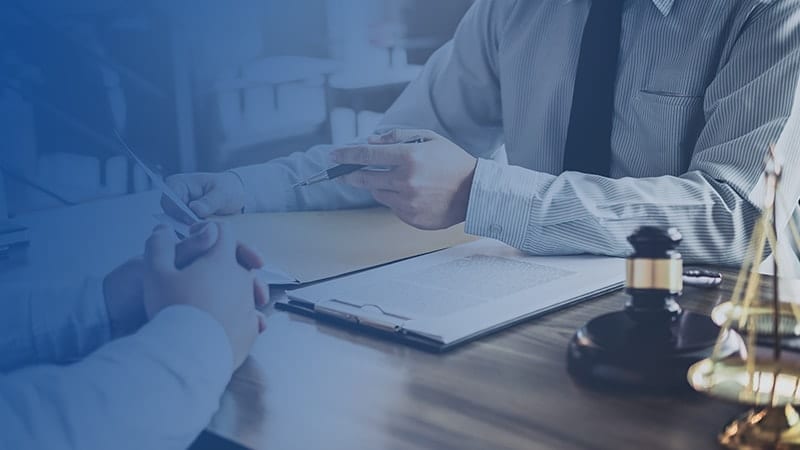With the first semester of the 2021-2022 school year barreling to a close and annual reporting in the rearview mirror, it’s time to look ahead to the next big accounting project – GASB 87 compliance. The new guidance replaces lease accounting rules covered by GASB 13 and GASB 62.
The transition is a major undertaking – in our 2021 Lease Liabilities Index Update, we found that lease liabilities for higher education institutions increased by 7,274% post-transition. The average capital liability prior to implementing the new guidance was approximately $900k, and it reached $65.5 million after transitioning. This increase makes the higher education sector second only to the banking and financial industry when looking at the impact of the new lease guidance. Adding to the complexity is the rapid shift to virtual learning. It also has wide-ranging impacts on your lease agreements.
While institutions with a June 30 year-end are actually supposed to be compliant with GASB 87 now, there is still time. Whether you need to get caught up or get ahead on your transition, we’ve got you covered. Use these tips to ensure a smooth path to compliance.
GASB 87 overview
In 2017, the Governmental Accounting Standards Board (GASB) issued Statement No. 87, Leases. The new guidance was issued on the heels of new guidance for lease accounting for public and privately-held organizations, as well as those adhering to international reporting standards.
Initially, GASB 87 was set to be effective for all reporting periods beginning after December 15, 2019. However, the board issued GASB Statement No. 95, Postponement of the Effective Dates of Certain Authoritative Guidance in May of 2020, extending the deadline to reporting periods beginning subsequent to June 15, 2021.
Lessees
The biggest changes between GASB 87 and the prior lease accounting guidance are the classification of leases and their recognition on the financial statements. Under the previous standard, government organizations weren’t required to represent operating leases on their statement of financial position. GASB 87 requires all agreements meeting the definition of a lease are classified as finance leases (which is similar to the capital lease classification under the previous guidance, just with a new name) and recognized on the financial statements.
To meet the definition of a lease, a contract must convey the right to control the use of a non-financial asset for a period of time in an exchange or exchange-like transaction. Short-term leases that have a maximum noncancelable term of 12 months or less are exempt. To see the new lease guidance in action, read our walk-through covering how to account for a new lease arrangement under GASB 87.
Lessors
The new rules for lessors under GASB 87 mirror the guidance for lessees. Lessees are required to recognize a lease liability equal to the present value of expected future lease payments and a corresponding lease asset. Lessors record a lease receivable equal to present value of expected future lease receipts and a corresponding deferred inflow of resources at the start of the lease term. The lessor records the receipt of cash payments as interest revenue and a reduction to the lease receivable in accordance with the amortization table during subsequent months. Here’s a detailed example of lessor accounting under GASB 87.
Special considerations for colleges and universities
The new lease guidance, combined with the disruption caused by the pandemic, creates lease accounting hurdles specific to colleges and universities.
Leases are managed by disjointed teams
Because the previous guidance didn’t require the recognition of operating leases on the statement of net position, many institutions may not have a full inventory of their leases or potential lease agreements. With various departments managing their own contracts, potential leases may be flying under the radar. Plus, it’s possible for different campuses to have their own accounting departments, making it more challenging to consolidate your lease agreements to ensure accurate reporting.
Coordination between all stakeholders involved with entering into lease is essential to creating a comprehensive inventory. To mitigate the risk or excluding any leases from your evaluation, meet regularly with colleagues from finance, legal, procurement, and any other department involved in leasing. Not only will this help you determine which agreements qualify as a lease, you’ll also be able to establish processes that will help you identify new leases in the future.
Changing nature of lease agreements
The rapid shift to virtual learning created major upheaval for education, and questions around the long-term impact of that upheaval remain. Just as with corporate office environments, it appears in-person activities won’t fully return to pre-pandemic levels. This means fewer leases for space are likely, replaced by more leases for equipment that supports virtual learning, such as headsets, computers, and conferencing technology.
In some instances, technology forward equipment may be leased in conjunction with computer applications or software. Under GASB 87, the software license or subscription doesn’t qualify as a lease, but the equipment might. Interdepartmental coordination is key to capturing these leases.
Lease modifications and terminations
To address liquidity issues in the wake of the pandemic, many institutions modified or terminated lease agreements, particularly for real estate., These changes have accounting implications according to the new guidance. Under GASB 87, a lease modification may need to be treated as a brand new lease. This is a major departure from the previous rules, where those modifications didn’t require any special accounting treatment. Modified leases need to be routed through the accounting department so they can be evaluated to determine the proper treatment.
Ease the transition with software
To compile a comprehensive inventory with accurate lease data and effectively perform the calculations needed for compliance, many institutions need a more robust solution than Excel. Lease accounting software that’s built for GASB 87 can ease transition headaches for both lessors and lessees.
For example, Southern Illinois University is using LeaseQuery to consolidate lease data from three different accounting departments. In addition to feeling confident about compliance, the school’s treasury, legal, and procurement teams look forward to harnessing new efficiencies offered by centralized lease data. Read the case study to learn more about their experience.
Another university in the Rocky Mountains region is using LeaseQuery to keep track of its expanding lease portfolio. Now, the accounting department can create journal entries in LeaseQuery and easily export them to their accounting system. Read the case study for more information on why they decided to invest in lease accounting software.
Choose the right system for your organization
Need help determining which software is right for you? We’ve put together an RFP template to help you evaluate software solutions. Download the GASB 87 Lease Accounting Software Template to find the best system for you.












